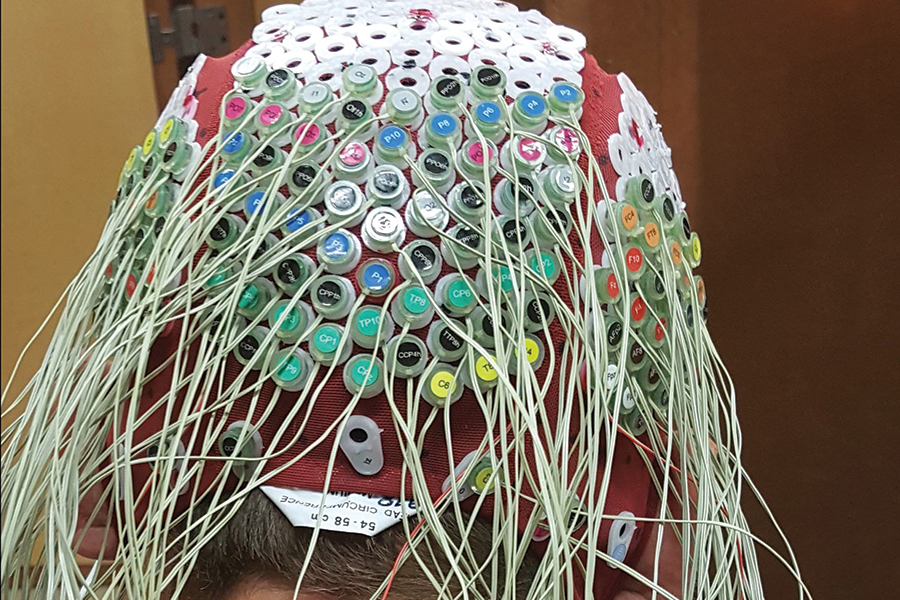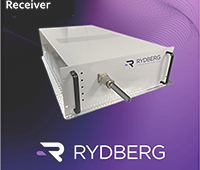
Researchers from Carnegie Mellon University have developed the “super-Nyquist density” EEG that can capture the brain’s neural activity at a higher spatial resolution than ever before.
A new EEG is opening up insight into the brain’s visual system.
Researchers from Carnegie Mellon University have developed the “super-Nyquist density” EEG that can capture the brain’s neural activity at a higher spatial resolution than ever before.
The new brain-interface technology is the first non-invasive, high-resolution system that can provide higher density and coverage than existing systems. Testing showed that the EEG captured more information from the visual cortex than any of the four standard “Nyquist density” versions tested.
To test the custom-modified EEG, the research team had 16 participants view pattern-reversing black and white checkerboards while wearing the new EEG.
They then compared the results from all electrodes to the results when using only a subset of the electrodes, which is an accepted standard for EEG density.
“These results are crucial in showing that EEG has enormous potential for future research,” Amanda Robinson, the lead author and a postdoctoral fellow in CMU’s Department of Psychology and Center for the Neural Basis of Cognition (CNBC) during the study, said in a statement. “Ultimately, capturing more neural information with EEG means we can make better inferences about what is happening inside the brain.
“This has the potential to improve source detection, for example in localizing the source of seizures in epilepsy,” she added.
The researchers modified an EEG head cap from a 128-electrolode system to increase its sensor density by two-to-three folds over occipitotemporal brain regions. They also designed the experiments to use visual stimuli with low, medium and high spatial frequency content.
A visual paradigm was then designed to elicit neural responses with differing spatial frequencies in the brain and the researchers examined how the new super-Nyquist density EEG performed. This revealed that the new configuration captured more neural information than the standard EEGs.
“It is exciting to see that exceeding these ‘engineers’ Nyquist densities can provide new information about brain activity, and it opens doors for utilizing higher-density EEG systems for clinical and neuroscientific applications,” Pulkit Grover, assistant professor of electrical and computer engineering and a member of the CNBC, said in a statement.
The study was published in Scientific Reports.




